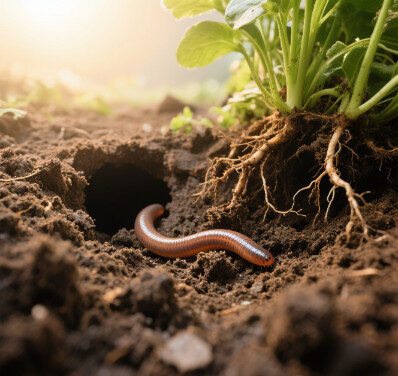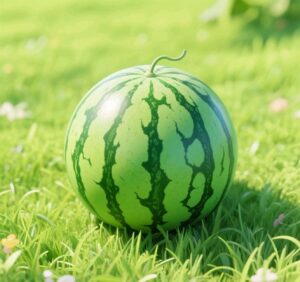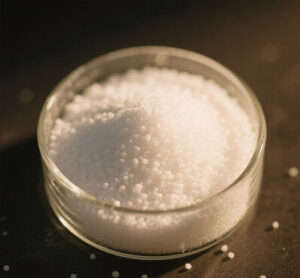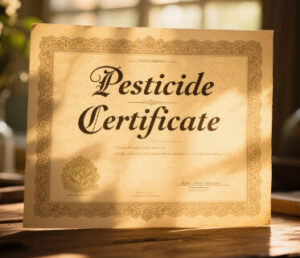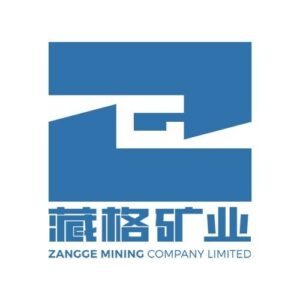Soil health is the cornerstone of sustainable agriculture, yet global soil degradation—driven by pollution, acidification, salinization, and monoculture farming—has reached alarming levels. In response, the soil conditioner market has emerged as a critical solution, projected to grow into a trillion-dollar industry by 2030. With a compound annual growth rate (CAGR) of 12%, the global market, valued at $30 billion in 2023, is poised to exceed $120 billion by 2030, with China accounting for over 30% of this demand15. This article explores the key drivers, market dynamics, and future trends shaping this burgeoning sector.
Market Drivers: Policy and Demand Synergy
1. Policy Support and Regulatory Push
-
China’s “14th Five-Year Plan” integrates soil remediation into national strategy, mandating 10 billion mu (≈667 million hectares) of high-standard farmland by 2025, with a 0.5% increase in organic matter content.
-
The 2025 Central Policy Document prioritizes black soil conservation in Northeast China and acidification control in the South, backed by subsidies (e.g., 30% for microbial agents in Shandong).
-
EU’s “Farm to Fork” Strategy and USDA’s $500M funding for Midwest saline-alkali soil remediation further propel global demand.
2. Escalating Soil Health Crises
-
Degradation Statistics:
-
16.1% of China’s soil exceeds pollution limits (2016 national survey), with 19.4% of farmland contaminated by heavy metals.
-
60% of global arable land suffers from acidification or salinization, necessitating $200/hectare in conditioning inputs—a $300 billion opportunity.
-
-
Economic Losses: Continuous cropping (e.g., strawberries, citrus) causes 20%+ yield losses due to soil-borne diseases, fueling demand for microbial soil conditioners.
Market Segmentation and Competitive Landscape
1. Product Types and Regional Adoption
| Category | Market Share | Key Applications | Growth Hotspots |
|---|---|---|---|
| Mineral-Based | 45% | Saline-alkali soil remediation | Xinjiang, Heilongjiang |
| Biological | 35% | Pathogen suppression, organic farming | Yunnan, Shandong (greenhouses) |
| Chemical | 20% | pH adjustment (e.g., gypsum for acidic soils) | Southern China |
Leading Players:
-
Global: BASF (BioChem-50 series), Novozymes (Enzymatic solutions), ICL Group (Dead Sea mineral blends).
-
China: Fujian Enpu (“Enpu No.1” marine-sourced conditioner), Beijing Jiabowen (organic waste-derived amendments).
2. Market Expansion Challenges
-
Supply-Demand Gap: Annual demand (30 million tons) dwarfs production (3 million tons), pushing capacity expansions (9% CAGR to 2025).
-
Farmer Adoption Barriers:
-
Cognitive Bias: 70% of smallholders prioritize quick fixes over long-term soil health.
-
Cost Sensitivity: $50–100/hectare cost hikes deter small-scale farmers.
-
Innovations and Future Trends
1. Technological Advancements
-
Smart Conditioners: DJI Agriculture’s sensor-based applicators optimize real-time dosing for saline soils.
-
Carbon-Neutral Solutions: Biochar-conditioners generate 3–5 tons of carbon credits per hectare (China’s pilot markets).
-
Magnetic Remediation: Emerging tech (e.g., iron-oxide nanocomposites) removes cadmium from rice paddies with 80% efficiency.
2. Business Model Evolution
-
“Product + Service” Bundles: Fujian Enpu’s “100 Million Trial Program” offers free samples with agronomic support to overcome trust barriers.
-
Precision Agriculture Integration: AI-driven soil health platforms (e.g., Syngenta’s Cropwise) recommend conditioner-fungicide-fertilizer combos.
3. Untapped Opportunities in Staple Crops
While 70% of conditioner sales target high-value crops (e.g., grapes, tea), wheat/maize fields represent the next frontier:
-
Case Study: Henan’s wheat belts show 15% yield boosts from silica-based conditioners mitigating compaction.
-
Policy Incentives: China’s “Grain Profitability Initiative” subsidizes conditioner adoption in staple crop zones.
Conclusion: Pathways to Market Dominance
The soil conditioner industry’s trillion-dollar trajectory hinges on:
-
Policy-Industry Alignment: Leveraging subsidies (e.g., EU CAP, China’s high-standard farmland funds) to scale adoption15.
-
Tech-Driven Customization: Developing region-specific formulations (e.g., clay-loam optimizers for North China vs. acid-neutralizers for the South)5.
-
Farmer Education: Digital outreach (e.g., WeChat agronomy courses) to shift mindsets from “symptom treatment” to “soil health investment”1.


